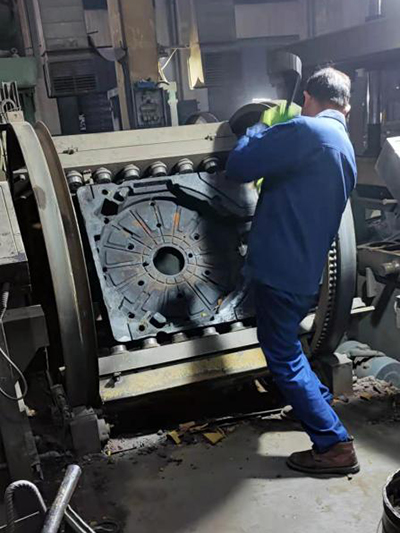A Comprehensive Guide to Sanding 3D Resin Prints
In the world of 3D printing, resin prints are known for their exceptional detail and smooth surface finish. However, even the best prints may require post-processing to achieve the desired aesthetic quality. One such method is sanding, which can help eliminate layer lines and imperfections, ultimately enhancing the overall appearance of the model. In this article, we will explore the process and techniques of sanding 3D resin prints, providing a step-by-step guide to achieve a polished finish.
Understanding 3D Resin Prints
Resin printing, specifically using stereolithography (SLA) or digital light processing (DLP), relies on curing liquid resin with a light source to create intricate designs. While this technology allows for high-resolution prints, it can sometimes leave visible layers or surface roughness due to the curing process. Sanding is an effective way to address these issues, enabling hobbyists and professionals alike to elevate their resin prints to a new level.
The Importance of Sanding
Sanding is crucial for several reasons 1. Surface Smoothness It helps remove layer lines and surface imperfections, resulting in a smoother finish. 2. Better Paint Adherence If you plan to paint your resin prints, sanding creates a better surface for paint to adhere to. 3. Detail Enhancement Sanding can enhance fine details of the model, making intricate features more pronounced. 4. Final Touch It adds a professional touch to your prints, making them look more polished and visually appealing.
Tools and Materials Needed
To effectively sand your 3D resin prints, you'll need the following tools and materials - Sandpaper Use a variety of grits, starting from coarse (100-200 grit) to medium (300-600 grit) and ending with fine (800-1200 grit). This progression will help achieve a smooth surface gradually. - Sanding Block A sanding block or sponge can help provide even pressure and make the process more efficient. - Water Wet sanding can help prevent dust and debris from forming and provide a smoother finish. - Protective Gear Always wear a mask and gloves to protect yourself from dust and harmful resin particles.
The Sanding Process
Follow these steps to sand your 3D resin prints effectively
sanding 3d resin prints

After removing your print from the resin vat, clean it to remove any uncured resin. Use isopropyl alcohol (IPA) for this purpose, and ensure that the print is completely dry before proceeding.
2. Start with Coarse Grit
Begin sanding with coarse grit sandpaper. Focus on high spots and rough areas and sand evenly to avoid creating new imperfections. Use consistent pressure, and ensure that you sand in circles or back and forth to create an even surface.
3. Progress to Medium and Fine Grit
Once you are satisfied with the initial sanding, switch to medium grit sandpaper and repeat the process. Gradually move up to fine grit paper, ensuring that you are refining the surface with each step. Wet sanding during this phase can help achieve an even smoother finish.
4. Final Touches
After sanding, wipe your print with a damp cloth to remove any remaining dust. Inspect the model for any areas that may require additional attention. You may need to repeat the sanding process for those specific spots.
Finishing Up
Once satisfied with the smoothness of your print, you may opt to apply a primer. This can help highlight any remaining imperfections and create an optimal surface for paint. Finally, paint and finish your model as desired.
Conclusion
Sanding 3D resin prints may seem daunting at first, but with the right techniques and tools, the process can significantly improve the quality of your prints. Whether you're a hobbyist looking to enhance your creations or a professional aiming for precision, mastering the art of sanding can elevate your 3D printing experience. As you practice and refine your skills, you'll find that each print can turn into a work of art, showcasing your creativity and attention to detail. Happy sanding!
Post time:Гру . 19, 2024 09:00
Next:Optimizing Sand Sintering Processes for Enhanced Material Properties and Performance
